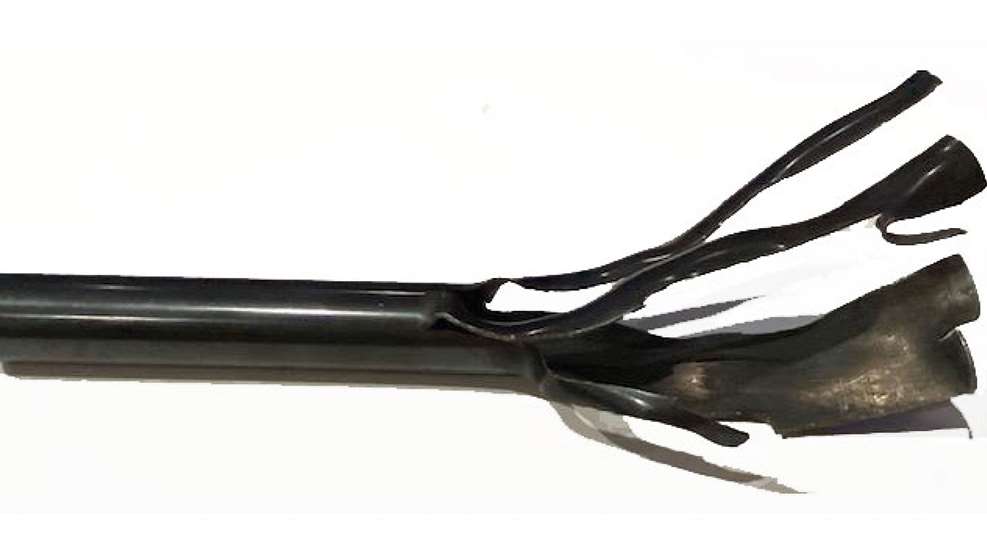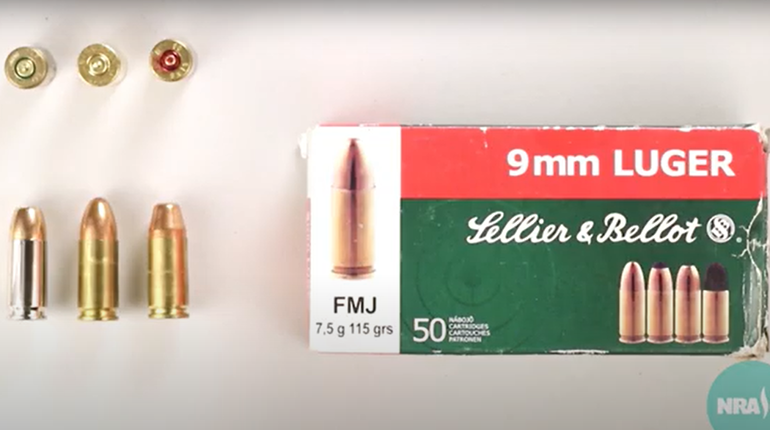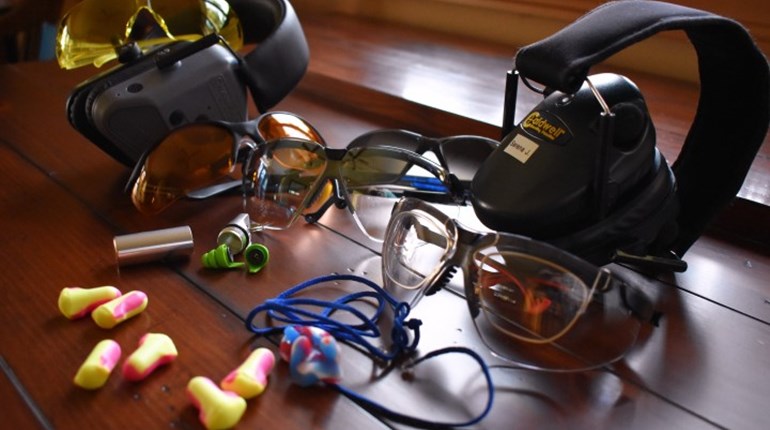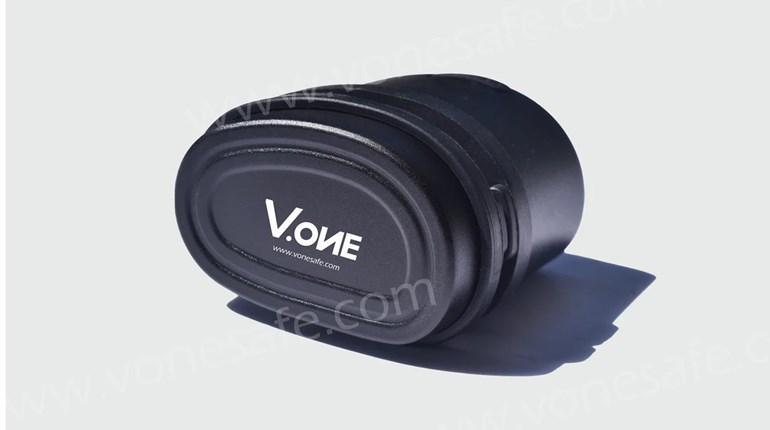
Understanding shotgun choke is critical to your shooting success, but also to your safety. Chokes are, essentially, constriction. Another way to describe choke is as a controlled obstruction. So, a device that causes a barrel constriction has the potential to cause a barrel obstruction. In all the NRA Firearms Training Classes we teach that a barrel obstruction in a rifle, pistol or shotgun can cause a catastrophic failure that can result in serious bodily injury or even death. With this in mind, we must be very careful with chokes. Here are five critical things to know:

Age is a Factor
Up until the mid-1980s, shotgun barrels came “pre-choked.” They did not have interchangeable and removable chokes. So, if you purchased a shotgun it might come with a modified-choked barrel. If you wanted a full pattern out of your shotgun, you would need to buy a full-choked barrel. You would then have to change your entire barrel out to get the desired pattern.
Is the Barrel Already Choked or Not?
Before shooting a shotgun, make sure that a choke is inserted in the muzzle-end of the barrel. If not, check to see if the end of the inside of the barrel is threaded. Depending on the make and model of the shotgun, these threads can be located near the muzzle-end of the inside of the barrel or several inches further down. Shooting a shotgun with a threaded barrel—without an inserted choke—can cause damage anywhere from just messing up the threads to blowing out the end of the barrel. Never shoot a shotgun without a choke if the barrel is threaded to accept a choke.
Will You Use Lead or Non-Toxic Shot?
In the mid-1990s, the U.S. Fish and Wildlife Service (USFWS) mandated that anyone hunting migratory waterfowl can no longer use lead shot and must use non-toxic shot. Examples of non-toxic shot are steel, bismuth and tungsten shot. Steel shot can have a very complicated relationship with chokes. Steel shot does not compress like lead shot does as it travels at a high rate of speed down the barrel after the trigger is pulled. As a result, under certain circumstances, steel shot can damage or blow out the end of your barrel.
Never shoot steel shot out of a full choke unless you have a full choke that is specially designed and made to accept steel shot passing through. The thing to remember is that steel shot maintains its pattern one choke tighter than lead shot. If you are using steel shot and want a full-size shot pattern, you would use a modified choke. If you are using steel shot and want a modified pattern, you would use an improved cylinder choke. Lastly, if you are using steel shot and want an improved cylinder pattern, use a cylinder choke. If you are using lead shot, the choke you are using is true to pattern.

Examples of the dangerous results of not tightening a shotgun choke enough
Pre-Choked Barrels and Steel Shot
There are still a lot of shotguns around that have choked barrels. Never shoot steel shot out of a choked barrel. You could destroy a valued family heirloom. Even if the barrel is a modified barrel or an improved cylinder barrel, do not shoot steel shot out of it. The steel in the barrel of most of these older shotguns is not as good as today’s steel, and can result in damage that could cause serious injury or even death. You can tell if you have a choked barrel by the data stamp. The data stamp is printed on the side of the barrel and will denote if the barrel is a choked barrel. It will be stamped “Full,” “Modified” or “Improved Cylinder.”
Check Choke Regularly
You must periodically check the tightness of your choke. Without you being aware of it, as the gun recoils, the choke can start to loosen or back out. When this occurs, some of the gases can get between the choke and the barrel, causing damage. The resulting damage can be anywhere from a bubble in the barrel to blowing out the end. Once again, this could cause serious injury or death. Before you begin shooting, check to make sure the choke is tight. Periodically during a day of shooting, check the tightness of the choke in the barrel using your choke wrench if your choke is internal and flush, or by simply turning the external choke by hand, to make sure it is taut.
Shooting is fun, but destroying your barrel is not. What’s more, if you need your shotgun in a personal defense situation, failure is not an option. By using the proper choke and maintaining it like any other piece of equipment, you can achieve your goals without any mishaps—at least from any choke issues!















































